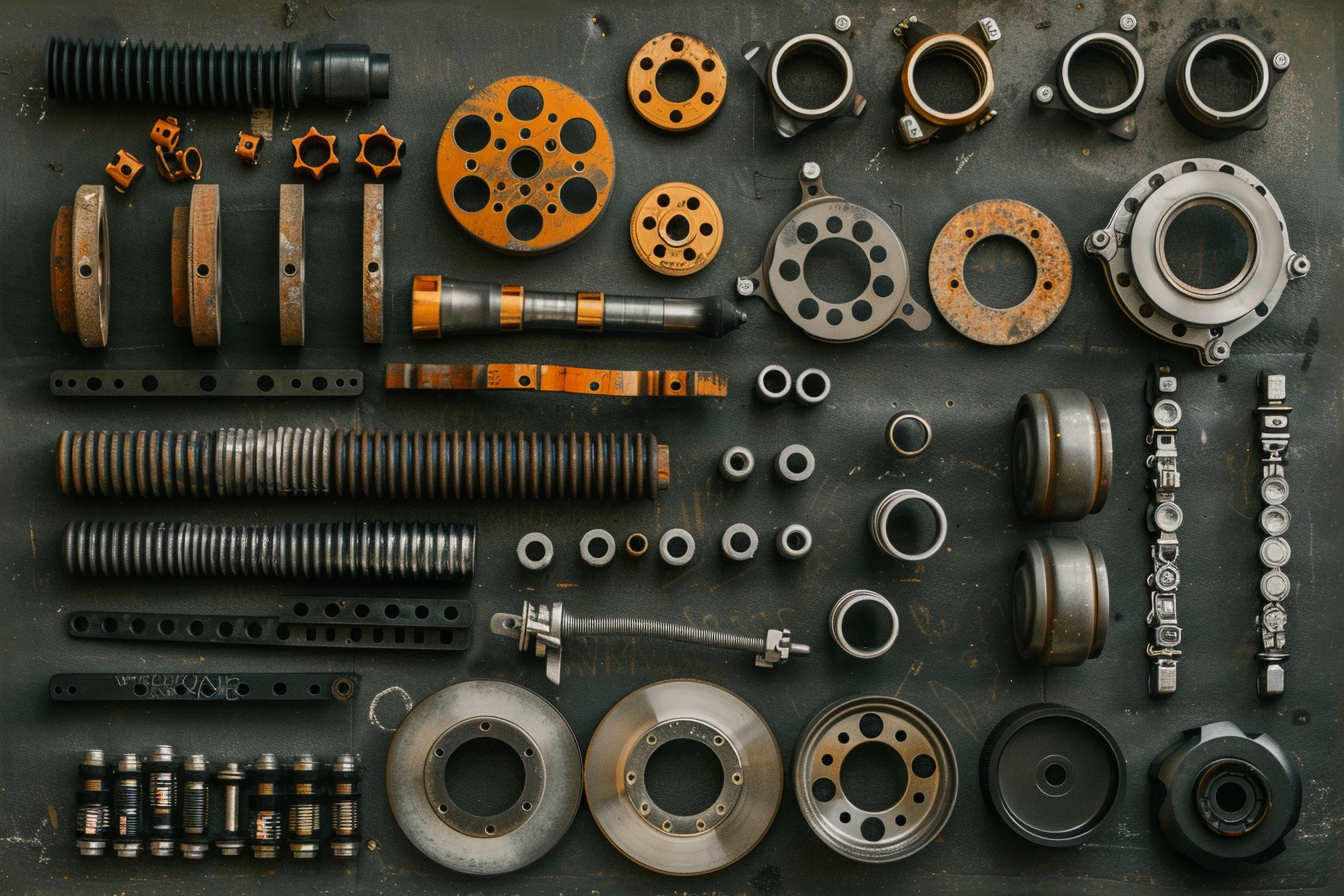While online car parts platforms offer undeniable convenience and selection, they are not without their challenges and limitations. Buyers, both individual car owners and professional mechanics, should be aware of these potential pitfalls to navigate the market effectively and avoid frustration or costly mistakes.
1. Compatibility Confusion (Despite Tools):
- The Problem: Even with VIN decoders and sophisticated filters, vehicle configurations can be incredibly complex. Aftermarket parts, in particular, may have subtle variations or require specific sub-models or option packages that are not always perfectly captured by the platform’s tools.
- What to Watch Out For: Over-reliance on generic search. Always cross-reference with OEM part numbers if possible, read all “fitment notes,” and don’t hesitate to contact customer support or a specialist if there’s any doubt. User reviews can also highlight known fitment issues.
2. Quality Variation of Aftermarket Parts:
- The Problem: The aftermarket is vast, with manufacturers ranging from top-tier, OEM-quality suppliers to budget brands with questionable reliability and durability. It’s difficult to assess true quality solely from an online listing.
- What to Watch Out For: Research reputable aftermarket brands for the specific part you need. Rely heavily on detailed product reviews and consider paying a bit more for a known, trusted brand, especially for critical components.
3. Shipping Costs for Heavy/Bulky Items:
- The Problem: While small parts might ship cheaply, large or heavy items (e.g., engines, transmissions, body panels, exhaust systems) can incur significant shipping costs that negate initial price savings.
- What to Watch Out For: Always check shipping costs before adding to cart or starting checkout. Compare total delivered price, not just the part price. Consider local pickup options if available for large items.
4. Returns and Restocking Fees:
- The Problem: The convenience of ordering can be undone by a difficult return process or unexpected restocking fees, especially if you ordered the wrong part.
- What to Watch Out For: Read the return policy thoroughly before buying. Understand who pays return shipping and if restocking fees apply. Keep all original packaging.
5. Lack of Immediate Availability/Urgency:
- The Problem: Unlike a local store where you can pick up a part immediately, online orders involve processing and shipping time. For urgent repairs, this delay can mean significant vehicle downtime.
- What to Watch Out For: Plan ahead. For critical repairs, confirm stock status and estimated delivery times. Sometimes, a local store or dealership might be the only option for same-day needs.
6. Technical Support Limitations:
- The Problem: While platforms have customer service, they often cannot provide the in-depth technical advice or troubleshooting that a skilled local mechanic can offer. They sell parts, not necessarily repair guidance.
- What to Watch Out For: Don’t rely on the platform’s support for complex diagnostic issues. Have a clear idea of the part you need before you search.
7. Fraud and Scams (Less Common on Reputable Platforms, but Possible):
- The Problem: While major platforms are secure, smaller or less-known sites can be risky.
- What to Watch Out For: Use secure payment methods (credit card, PayPal). Check for HTTPS, a clear privacy policy, and legitimate contact information. Look for independent reviews of the platform.
Despite these limitations, the benefits of online parts platforms generally outweigh the drawbacks. By being a savvy and informed buyer, you can successfully leverage these platforms for efficient and cost-effective vehicle maintenance.


Leave a Reply